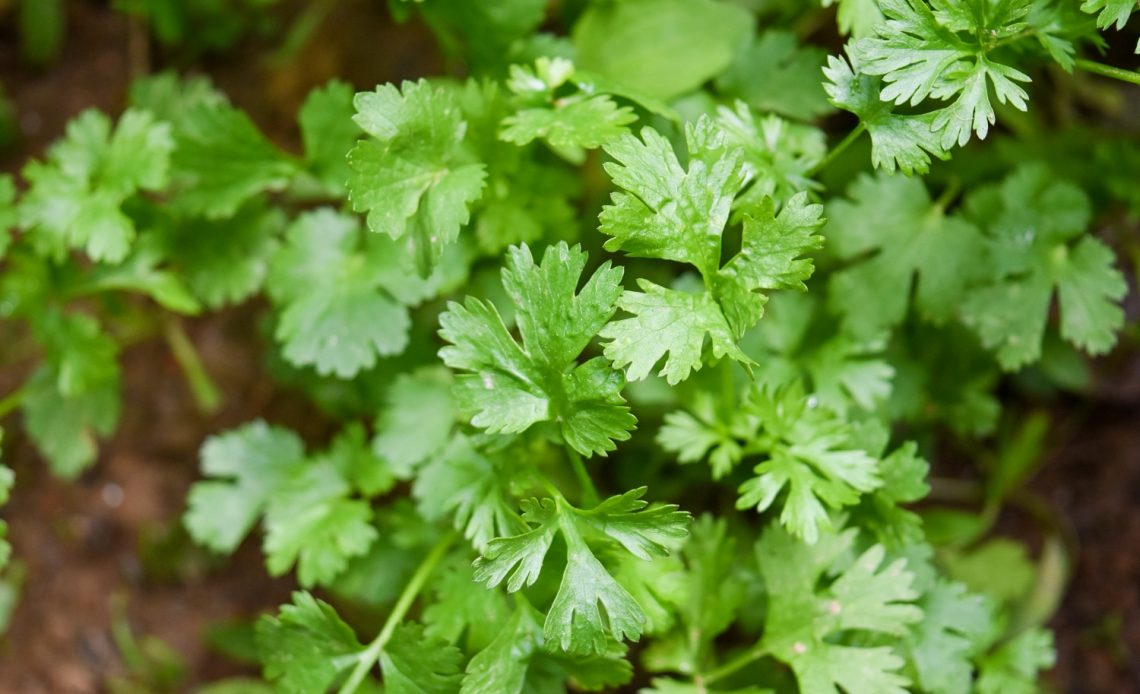

We’re here to help! Wild Yards is a completely free website that is 100% dedicated to helping you create a wildlife-friendly, sustainable yard. Read more
WildYards is reader-supported. When you buy a product through a link on our site, we may earn a comission. Every product is independently selected by our (obsessive) editors and our reviews are unbiased and objective. Read more about our mission or our privacy policy.
Perfect for garnishing side dishes and seasoning soups and stews, parsley is easy to grow and can be a very high-yield crop.
Parsley is tolerant of full to partial sunlight and grows best in loamy, fertile soil that can easily be kept moist, but that also drains well. These plants prefer acidic to neutral soil with a pH of 6.0 to 7.0.
If you’re a home chef, parsley is a fantastic herb to have on hand. Its savory flavor enhances the taste of all of your favorite meals.
And, if you’re a backyard gardener, parsley is a great addition to your vegetable patch because it attracts predatory insects, like wasps and hoverflies.
If you’re thinking of adding parsley to your raised beds, it’s an excellent choice! But you may be wondering, what are the best parsley companion plants to grow near it?
Asparagus, tomatoes, peppers, beans, and cruciferous veggies grow well when planted next to parsley. But avoid growing parsley near carrots, leafy green vegetables, and mint.
What are the best companion plants for parsley?
Companion planting offers several benefits.
By placing the right plants together, they can help repel unwanted insects, like aphids and spider mites, while also attracting the attention of beneficial insects, including butterflies and bees.
Growing your parsley near the appropriate companions will improve the health and taste of the surrounding plants. It can also help improve crop yield, so you have a bigger harvest to enjoy.
Here are 12 of the best parsley companion plants. Be sure to keep them in mind when planning your garden layout for the upcoming growing season.
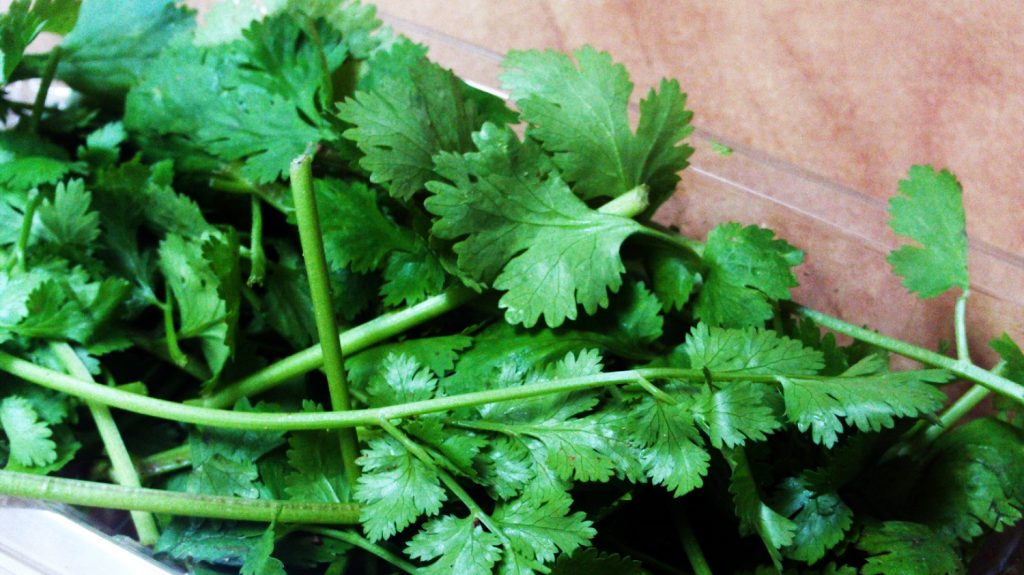
Tomatoes
Parsley and tomatoes both share similar growing requirements, so they’re easy to grow together. But the benefits of growing tomatoes as a companion plant for parsley don’t stop there.
Tomatoes are typically pretty hardy. But they can be susceptible to aphid infestations. Aphids just love feeding on the tomato plant’s sap, and they can do some serious damage to the plants.
In severe cases, an aphid infestation can kill a tomato plant before it even gets a chance to produce fruits.
But, fortunately, parsley can help by attracting wasps and hoverflies, both of which prey on aphids.
Like nasturtiums, parsley can also be used as a trap crop to lure the aphids away from your tomato plants.
Another reason why parsley works well as a companion for tomatoes is that it acts as a living mulch, protecting the soil from the sun so it doesn’t dry out as quickly. You’ll find your tomatoes grow much more quickly when their soil stays cool and moist.
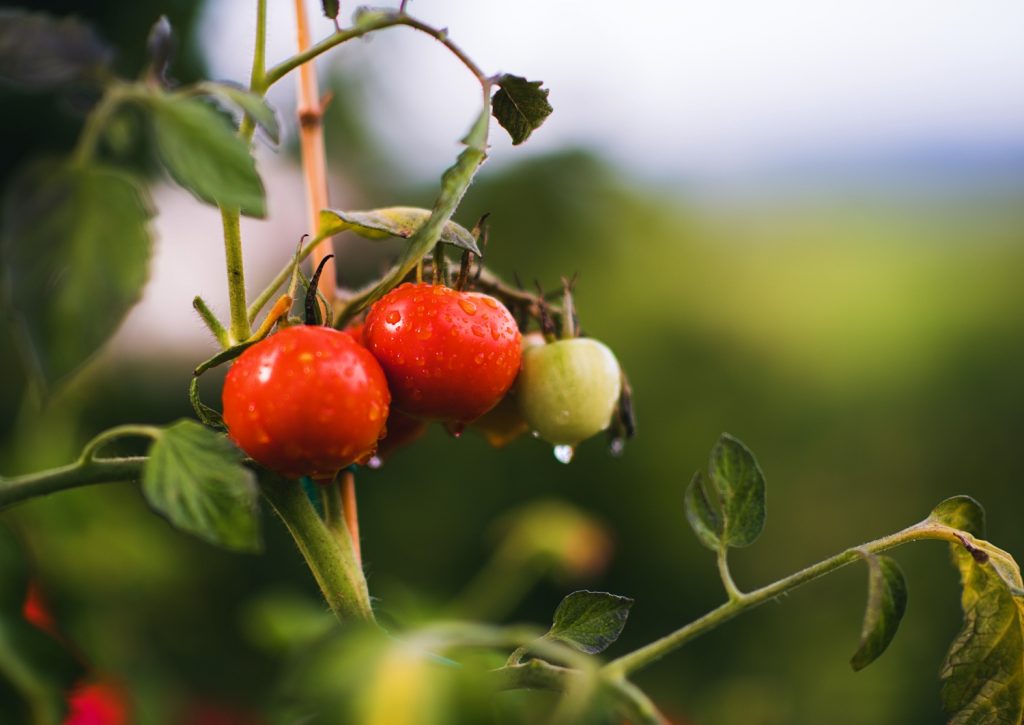
Broccoli
Speaking of plants that prefer to grow in cool, moist soil, broccoli is another great companion plant for parsley.
Broccoli is a member of the Brassica family, which includes other garden favorites like cabbage and cauliflower.
All of these plants share similar growing requirements. Unfortunately, they also share many of the same pests and diseases.
It’s not uncommon to lose a few broccoli plants to cabbage worms and cutworms. If you’ve had trouble with these insects in the past, growing parsley near your broccoli crop can help repel these damaging bugs.
The wasps and hoverflies that like to visit your parsley will be more than happy to scour your broccoli patch and rid it of harmful insects.
Keeping these pests at bay allows your broccoli to grow to its full potential. It also helps them maintain strong immune systems so they won’t succumb to fungal or bacterial infections.
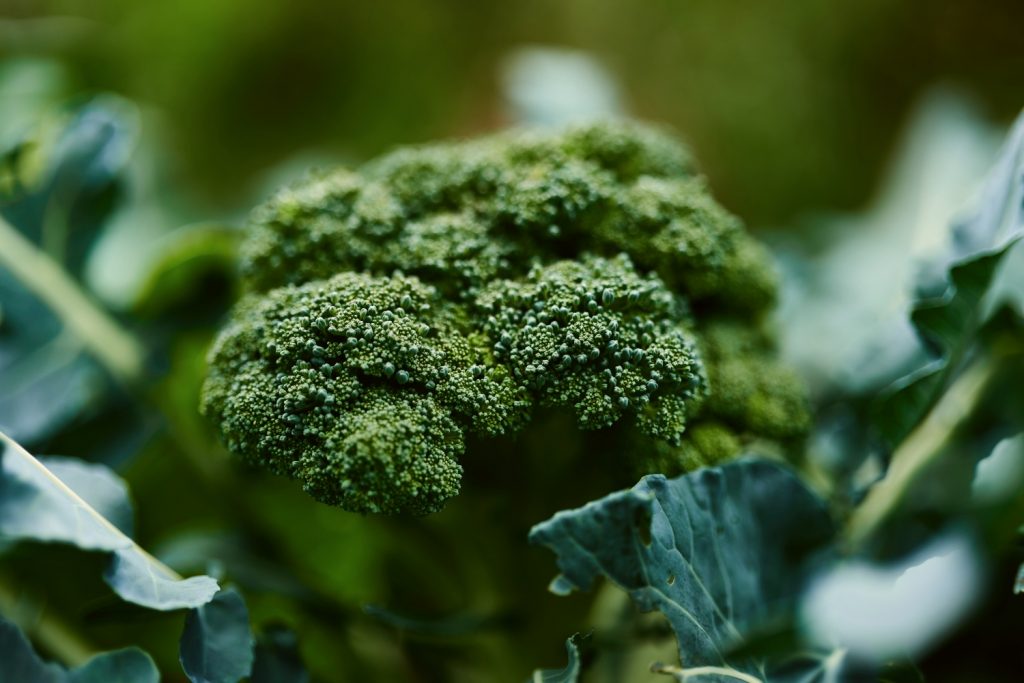
Corn
Once you’ve tasted corn pulled straight from the stalk, there’s just no going back. If you love homegrown corn, but insect infestations have prevented you from getting to enjoy your own crop, then parsley can help.
Corn often falls victim to worms, including cutworms, armyworms, and corn earworms. These insects feed on the plant’s foliage and bore into the corn itself, destroying it from the inside out.
But parsley attracts the natural predator of these damaging insects — the lacewing.
Don’t let the lacewing’s delicate appearance fool you. This predatory insect can make short work of the worms that would like to eat your corn crop.
And while they’re happy to prey on these damaging insects, lacewings won’t be tempted by your corn.
Parsley can also be used as a ground cover to protect your corn crop’s soil from moisture loss.
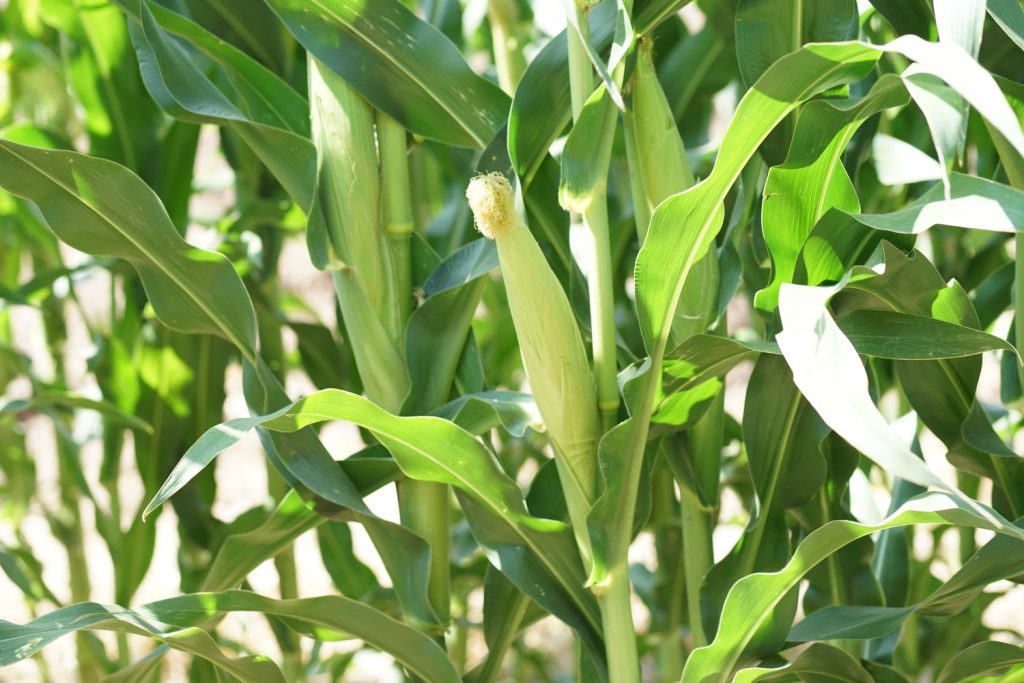
Asparagus
Parsley is an excellent neighbor to asparagus for several reasons.
For starters, it helps repel all of the damaging insects that like to feast on asparagus spears. It also helps attract the predatory insects that enjoy preying on these pesky pests.
But on top of its natural pest-repellent abilities, parsley also allows you to make the most of your garden space before asparagus comes up.
Asparagus is a perennial that spends much of its time dormant. Spears sprout up in spring and are harvested by early summer, leaving part of your garden empty the rest of the year.
But growing parsley near your asparagus patch allows you to get the most out of your garden’s square footage.
Neither parsley nor asparagus will compete with each other. And by the time the asparagus harvest is over, your parsley will have no trouble filling in the gaps.
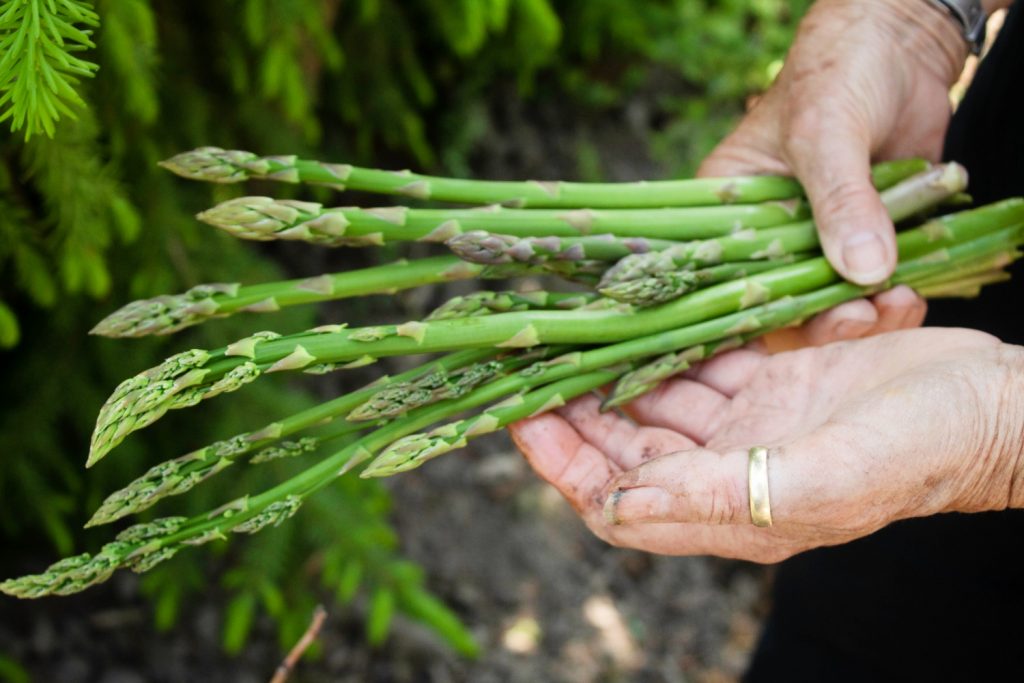
Pear trees
We tend to think of parsley as a vegetable garden plant, but it can be used as a companion for a variety of plants, including fruit trees.
Pear trees can fall prey to coddling moths and gypsy moths, the larvae of which bores holes into the fruit and causes it to rot as it ripens.
But parsley helps attract the Braconid wasp, which preys on these annoying bugs.
These wasps can also help pollinate your pear trees when they blossom, thus promoting fruit production.
Parsley’s root systems are shallow compared to the pear trees, so it can safely be grown as a ground cover without running the risk of depriving the tree of the nutrients it needs to produce fruit.
Growing parsley as a ground cover for pear trees helps the plants conserve moisture. And, as the parsley drops dead leaves and branches, these materials decay in the soil, providing both of the plants with valuable nutrition.
Brussels sprouts
Another member of the Brassica family, Brussels sprouts and parsley grow very well together.
These plants share similar growing requirements, and they help shelter each other from the elements, preventing the soil from rapid hydration loss.
Parsley is highly attractive to a variety of predatory insects, from wasps and lacewings to ladybugs. All of these insects help keep pest levels down so your Brussels sprouts can grow well.
Growing parsley near Brussels sprouts is said to enhance the latter’s taste. Both of these veggies are often used together in side dishes, too, so keeping them in the same section of your garden just makes sense.
It’s also worth noting that parsley’s roots are much deeper than those of the Brussels sprout.
Brussels sprouts are considered moderate to heavy feeders. Keeping parsley nearby offers the plants protection without robbing them of valuable nutrients.
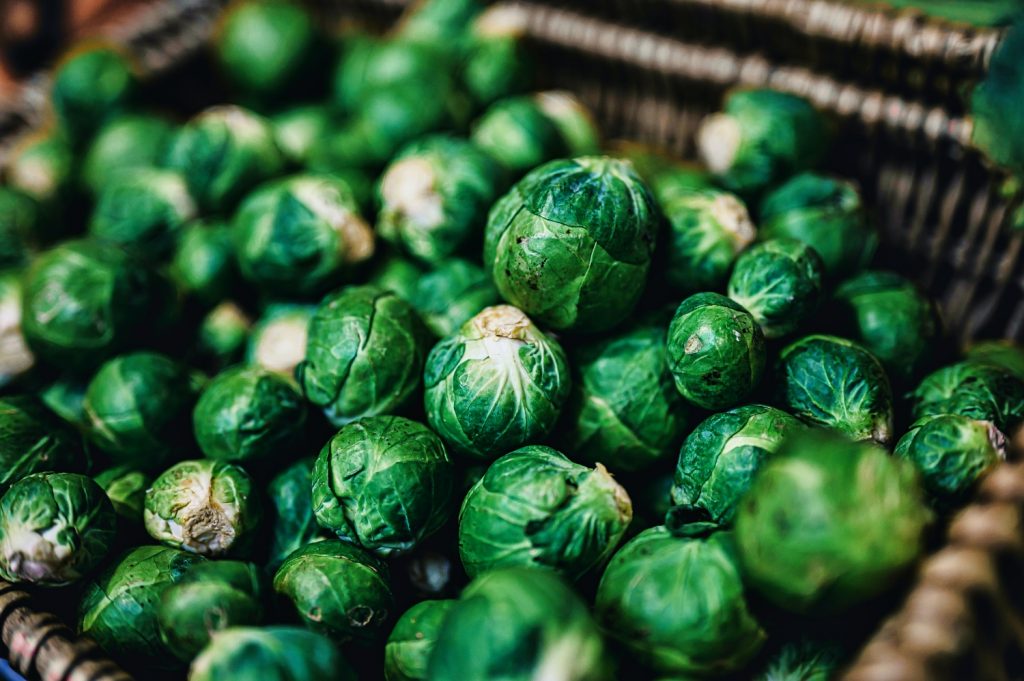
Peppers
Peppers and parsley are a match made in heaven, both in the garden and in your kitchen.
These are two key ingredients for many salsa recipes. Parsley’s savory flavor balances out the zesty heat of peppers like jalapenos, enhancing the taste of both.
Like other nightshade vegetables, pepper plants create their own natural pesticides. These compounds, which are called glycoalkaloids, allow the plant to protect itself from insects like aphids and thrips.
Unfortunately, in some cases, this natural defense system isn’t enough to keep pesky bugs away.
Parsley can be used as an additional line of defense to keep these bugs from preying on your pepper plants and hindering their growth.
Additionally, the strong smell of parsley is thought to disguise the smell of peppers, keeping the fruits safe from predators like mice, birds, and squirrels.
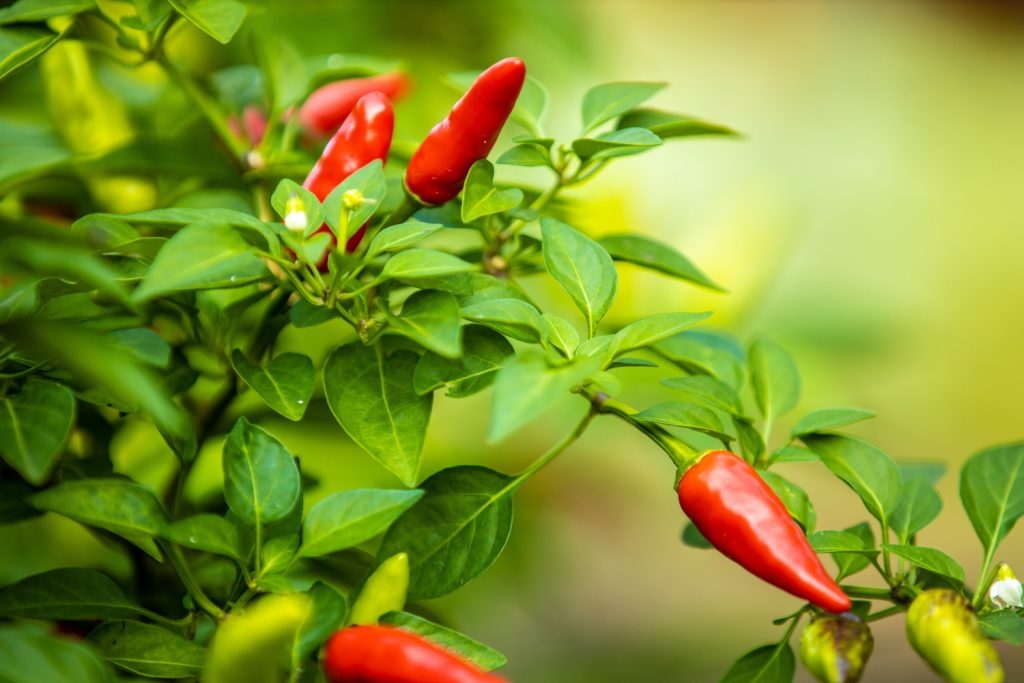
Cauliflower
If you’ve ever grown cauliflower, then you know how much of a challenge it can be.
Cauliflowers are not particularly difficult to grow. In fact, they’re one of the best veggies for fall and winter gardens.
But they can be susceptible to a variety of damaging pests, especially cabbage worms.
If you’re struggling to keep your cauliflower crop alive, plant some parsley nearby to repel these harmful pests — and to attract more of the wasps and hoverflies that prey on them.
As a member of the Brassica family, cauliflower is naturally well-suited to growing near parsley. As with Brussels sprouts, both of these plants offer each other protection from the elements.
Parsley and cauliflower can be grown in close proximity, creating a dense hedge of foliage.
This allows both plants to reach the sun without encroaching on the other’s space, while also preventing the moisture in the soil below from evaporating.
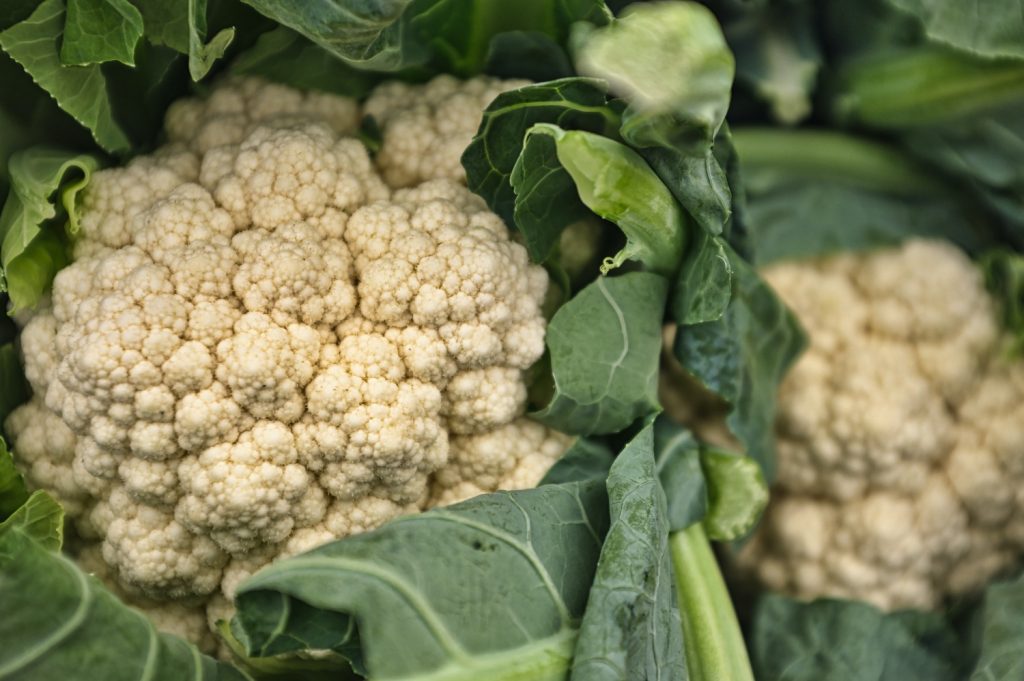
Beans
Beans might just be the easiest garden plants to start from seeds. They grow so quickly, too, and on top of all of this, they’re a high-yield crop, which makes them incredibly rewarding to grow.
Whether you’re growing dry beans or snap beans, these plants are a cinch to grow. But, like all other garden veggies, they have their own set of problems.
Aphids just love invading beans. And although beans are pretty tough, if the infestation is bad enough, it can kill the plants.
Growing parsley near your beans is an easy way to both repel the bad insects and attract the beneficial predators that prey on them.
Plus, parsley acts as a living mulch, allowing the soil your beans are growing in to retain as much moisture as possible, which keeps their roots cool and hydrated so they can produce faster.
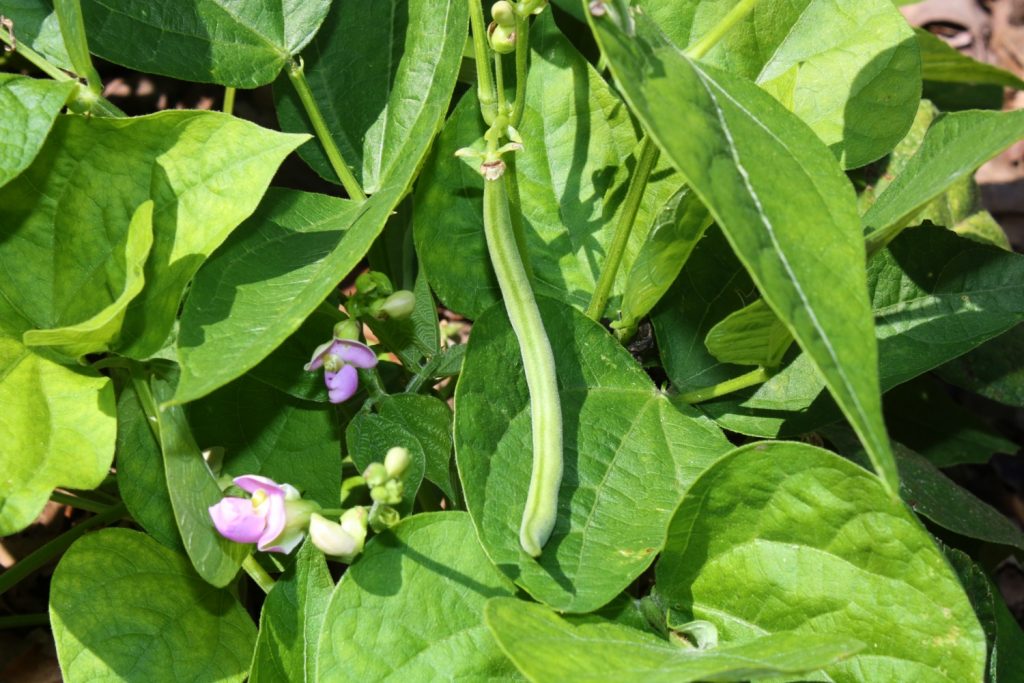
Cabbage
Like cauliflower, cabbage is a Brassica. And, also like cauliflower, cabbage often falls prey to worms, especially cabbage worms — which is no big surprise, since the bugs literally have “cabbage” in their name.
Of course, these pesky worms can’t make holes in your cabbages if they’re being eaten by predatory insects, can they?
Grow parsley as a companion plant for cabbage to attract the attention of hoverflies, wasps, ladybugs, and lacewings.
These helpful bugs will keep pest levels to a minimum naturally, so you don’t have to worry about infestations.
The parsley will also help your cabbage stay cool by shielding the ground from the sun’s harsh rays so the soil stays damp and cool. Cabbages need moist, loose soil to grow well, so keeping these two plants in the same space is a no-brainer.
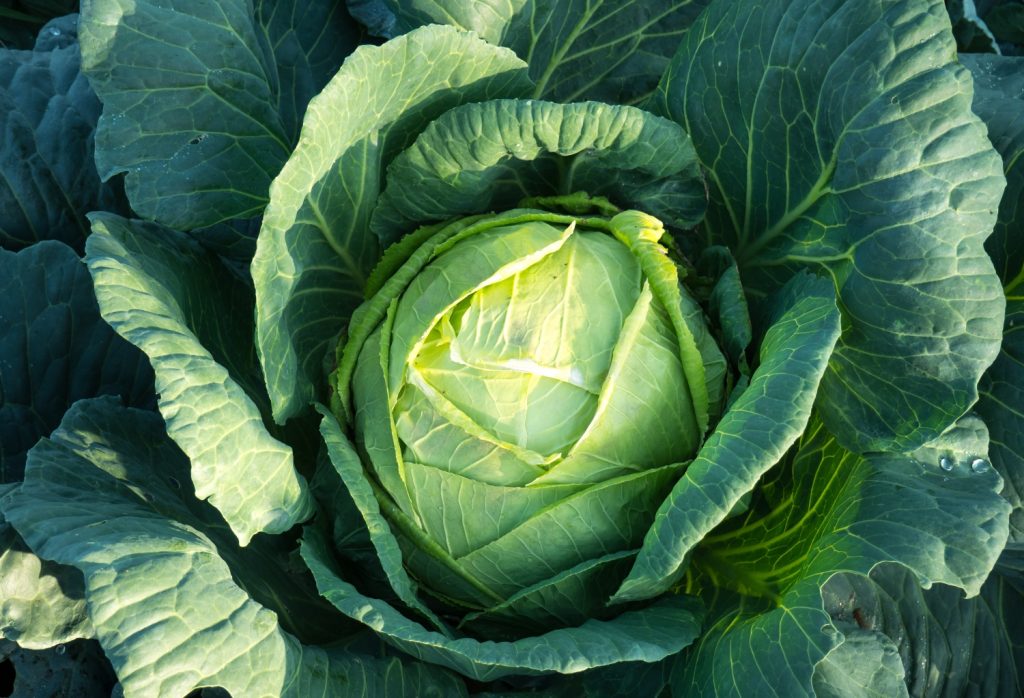
Roses
We tend to view the rose purely as an ornamental plant. And, to be sure, it is.
But rose petals and rose hips can be harvested to make delicious teas and baked goods, as well as homemade potpourris, lotions, and soaps.
Whether you’re growing your roses for practical or aesthetic purposes, parsley can help you repel all of the damaging bugs that would like to prey on them.
The pungent aroma of parsley’s foliage naturally deters the aphids that like to prey on rose plants.
The smell of parsley can also disguise the floral scent of the roses, keeping them safe from damaging bugs.
Some rose gardeners swear by parsley, insisting that it improves the rose’s delicate perfume. Is this true, or is it just a rumor? Use parsley as a companion plant for your roses, and find out for yourself.
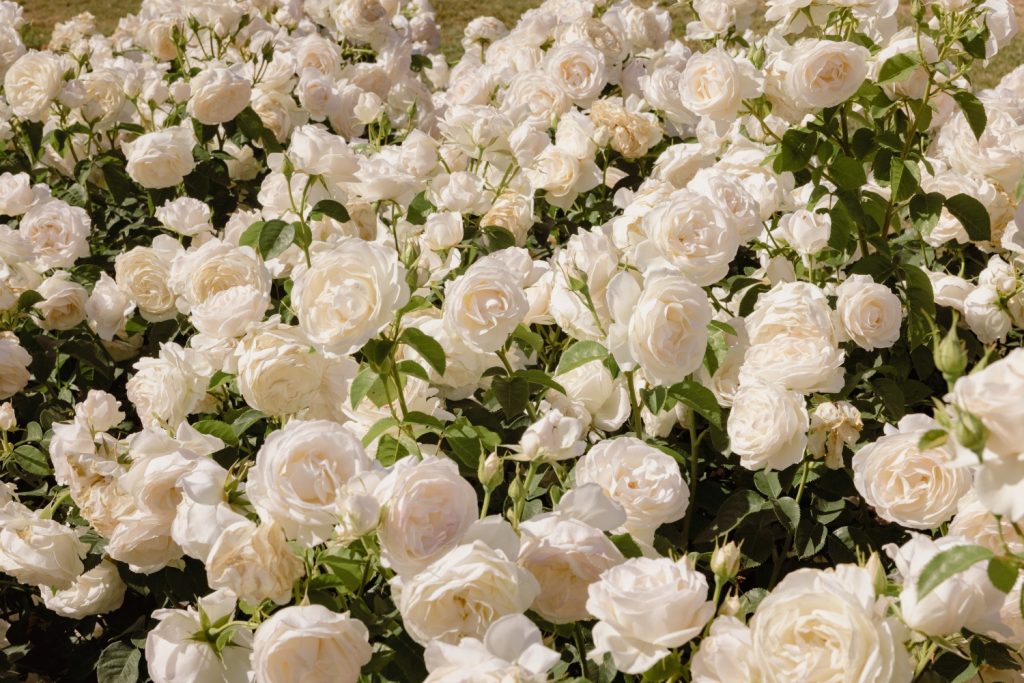
Apple trees
Like pear trees, apple trees are susceptible to moths, especially coddling moths and gypsy moths. These moths lay their eggs on the trees, where their larvae can feed on the fruits once they hatch.
Of course, these annoying bugs are no match for the predatory wasps that parsley can attract.
These wasps love the smell of parsley, and will instinctively prey on garden pests while they’re visiting the area.
The relationship between parsley and the apple tree is symbiotic in nature.
Not only do these plants share similar growing requirements, which makes maintenance easy, but they also protect each other from the elements.
Apple trees provide parsley with a bit of dappled shade during the hottest part of the day, allowing the parsley plants to cool down and stay hydrated.
Meanwhile, parsley protects the soil, keeping it moist and dropping dead leaves and stems as it grows, nourishing the ground and replenishing lost nutrients.
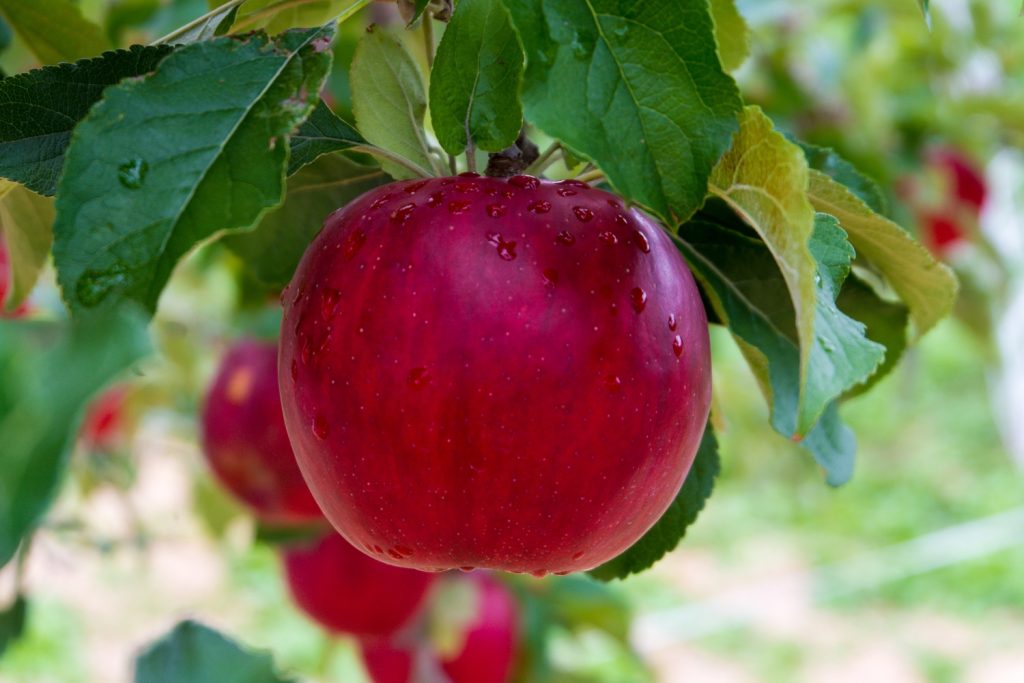
Which plants should you avoid growing near parsley?
Now that you know which plants work well as parsley companions, it’s time to take a look at which plants don’t.
Here are 4 plants that you should keep far away from your parsley crop.
Mint
Both mint and parsley prefer growing in loamy, moist, yet well-draining soils. And both are tolerant of partial sunlight.
However, it’s best not to grow these two together, since mint can be quite invasive.
Your mint plants may grow more quickly than your parsley plants, encroaching on their space, or even snuffing them out entirely.
So for best results, keep these two plants a few rows apart, at least.
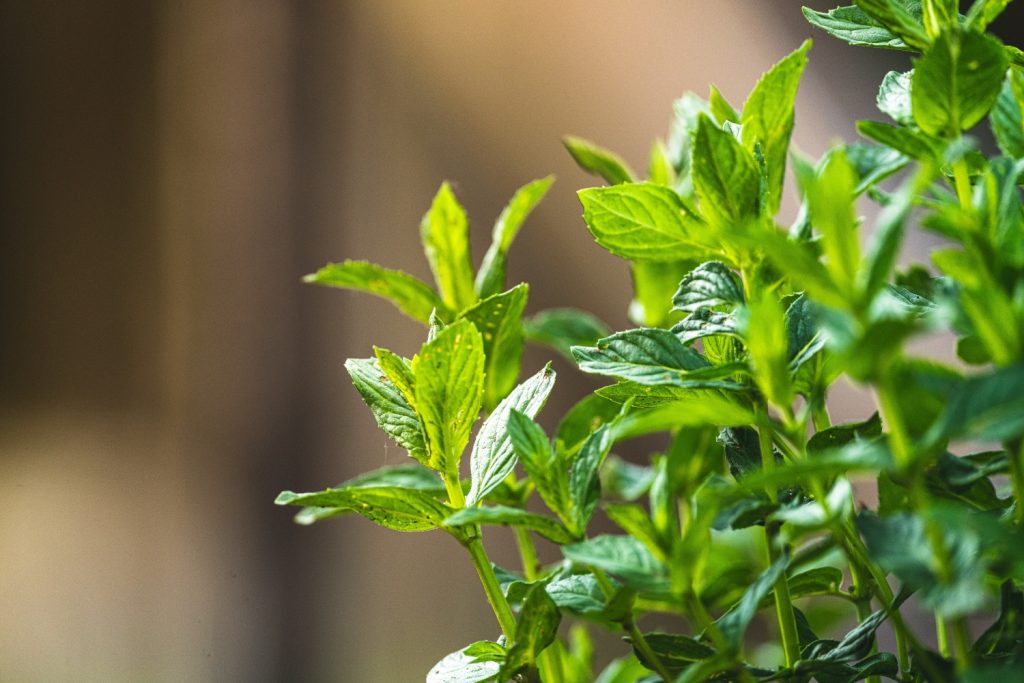
Alliums
Alliums, including garlic, onions, and chives, are all heavy feeders. They require tons of nutrients to grow well, and if they’re grown next to other heavy feeders? Well, neither crop will perform very well — or taste very good, either, for that matter.
Since both alliums and parsley can be used to repel insects, we recommend planting them on opposite sides of your garden.
Using these plants as a border will help keep pests at bay. And keeping them far apart will prevent them from competing with each other.
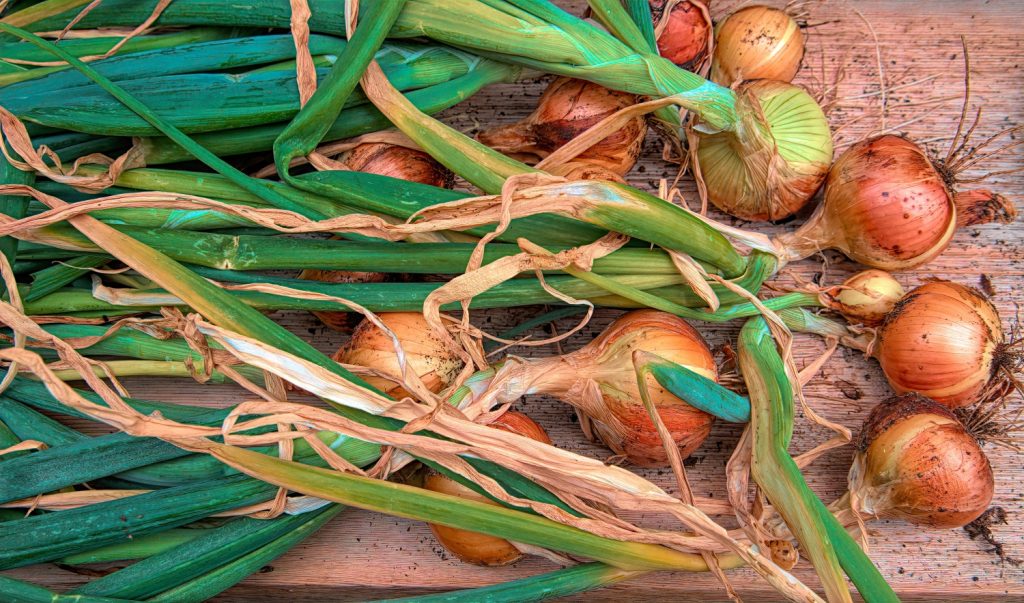
Leafy greens
Lettuce, spinach, arugula, and other leafy greens share many of the same growing requirements as parsley. You might think that would mean they would do best when grown together, but that’s not true.
Leafy greens typically compete for the same nutrients, which means as they grow, they’ll also be competing for the same space.
Grown together in a mishmash, parsley and other leafy green vegetables will smother each other.
Plus, parsley attracts hoverflies, which like to snack on leafy greens. So keeping these plants together is a no-no.
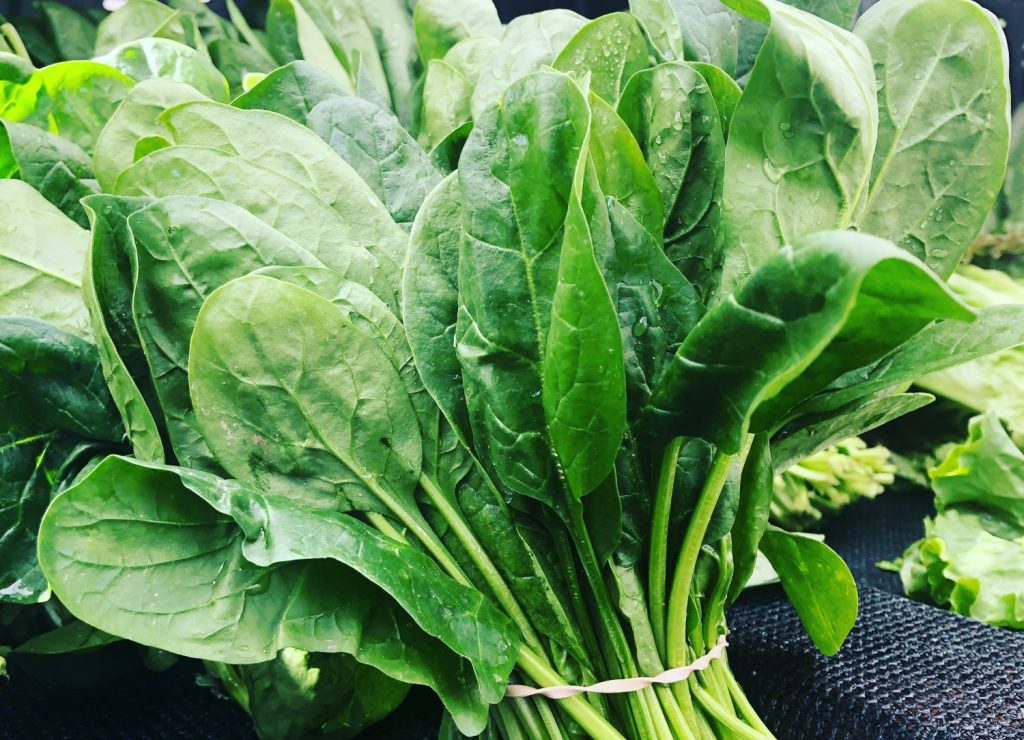
Carrots
Parsley and carrots belong to the same family, Apiaceae, which means they are both susceptible to the same types of pests and diseases.
It also means that both of these plants utilize the same vitamins and minerals, so growing them together forces them to compete.
If you want delicious, colorful carrots and tasty parsley, too, then keep these two plants far apart to maximize their performance.
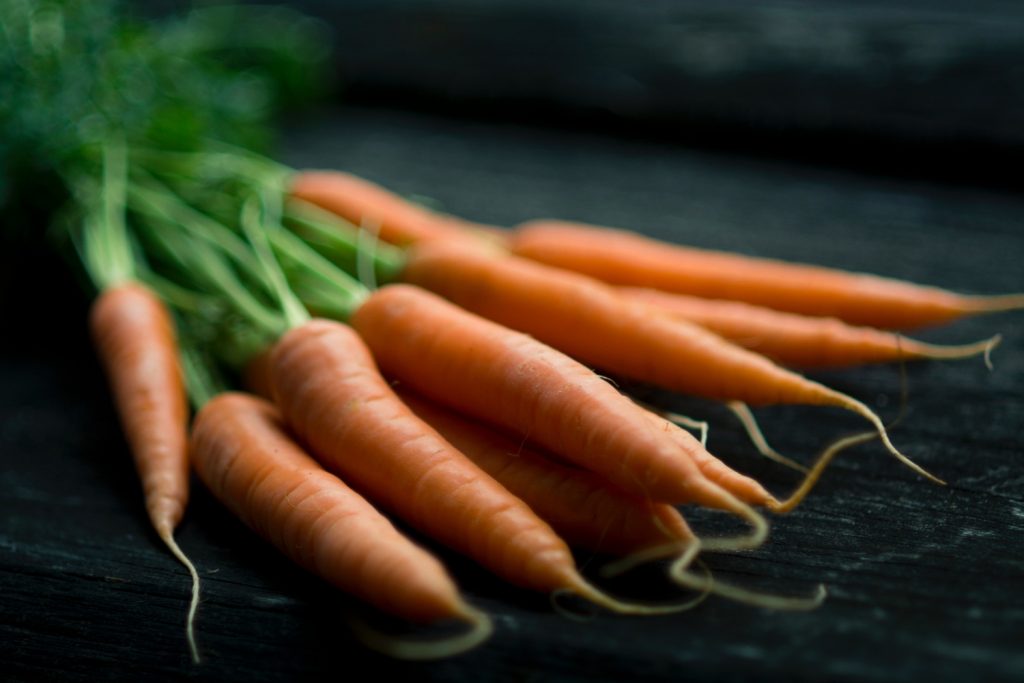
Is growing parsley worth it?
Parsley gets along with most other plants. Its ability to repel all of the wrong pests while attracting all of the right ones makes it a must for any organic gardener.
There are no tricks to growing parsley. You don’t have to have a green thumb to get this plant to grow. Just water it and make sure it gets enough sunlight, and it will grow just fine.
Additionally, if you raise chickens and rabbits, they absolutely love fresh parsley. Giving them a few sprigs every day is a great way to make sure they get their greens.
If you’re on the fence about growing parsley, don’t be! This easy-going plant grows well with so many others, and because it has so many benefits to offer, it deserves a spot in your vegetable garden.
